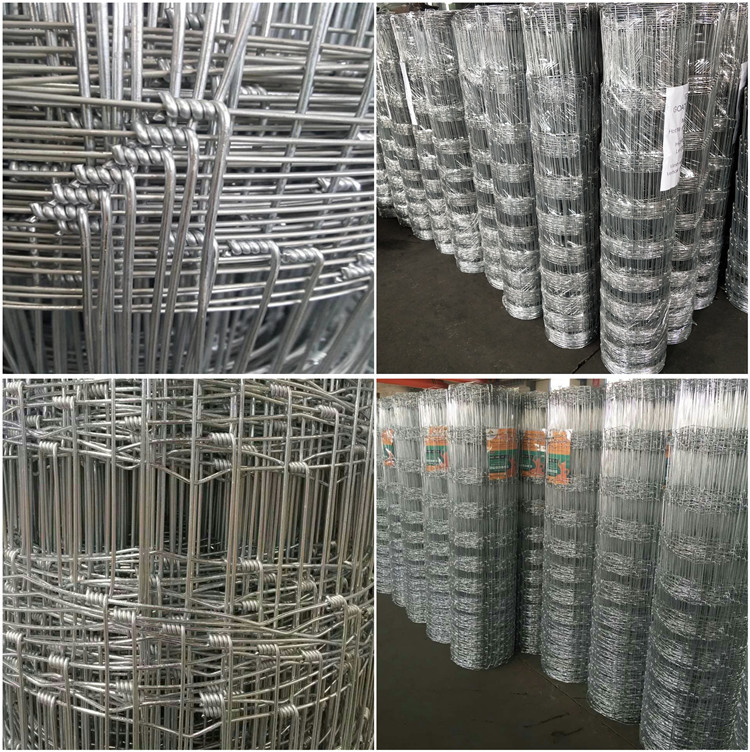Oct . 11, 2024 06:46 Back to list
Temporary Protective Barrier for Enhanced Site Safety and Security Solutions
The Importance of Temporary Safety Fences in Construction and Event Management
In various industries, particularly construction and public events, safety is of paramount importance. One effective solution that has gained traction is the use of temporary safety fences. These structures serve multiple purposes, from protecting the public and workers to ensuring compliance with regulations. This article will explore the importance of temporary safety fences, their benefits, and best practices for their implementation.
Definition and Purpose
Temporary safety fences are lightweight, movable barriers designed to demarcate restricted areas, provide security, and prevent unauthorized access. Typically made of metals like chain link, plastic, or composite materials, these fences are easy to install and remove, making them ideal for short-term use. Their primary purpose is to safeguard both people and property during construction projects, outdoor events, and other temporary operations.
Benefits of Temporary Safety Fences
1. Safety for the Public and Workers One of the most crucial benefits of temporary safety fences is their role in protecting individuals from hazards. In construction sites, open holes, heavy machinery, and dangerous materials pose significant risks. By using these fences, contractors can keep unauthorized personnel away from potentially dangerous areas, thereby reducing the risk of accidents and injuries.
2. Regulatory Compliance Many industries are governed by strict safety regulations that require proper barriers to be in place. Failure to comply with these regulations can lead to hefty fines and legal repercussions. Temporary safety fences help ensure compliance with local laws and standards, demonstrating a commitment to safety and responsibility.
3. Crowd Control at Events In the context of public events, temporary safety fences are invaluable for managing crowds. They can be used to create designated pathways, control entry and exit points, and protect performers and attendees alike. By guiding the flow of people, these fences greatly reduce the chances of stampedes and other crowd-related incidents.
4. Property Protection Temporary safety fences are not only used for human safety; they also protect property. In construction sites, they prevent theft and vandalism by discouraging unauthorized individuals from gaining access to valuable equipment and materials. This is particularly important in urban areas where construction equipment is often targeted.
5. Flexibility and Adaptability As the name implies, temporary safety fences are designed for short-term use. This flexibility allows them to be used in various settings and situations without the need for permanent installations. Their ease of setup and breakdown means that contractors can quickly adapt to changing site conditions or needs.
temporary safety fence

Best Practices for Implementation
To fully harness the benefits of temporary safety fences, certain best practices should be followed
1. Assess the Site Before installing a temporary fence, conduct a thorough site assessment. Identify areas that require restriction, potential hazards, and the specific needs of the project or event. This ensures that the fence is appropriately placed for maximum effectiveness.
2. Choose the Right Materials Depending on the purpose, select materials that meet safety standards while being durable enough to withstand environmental factors. Chain-link fences are popular for construction sites, while barricade fencing may be more suitable for public events.
3. Regular Inspections Once installed, it’s crucial to perform regular inspections of the temporary safety fence to check for damage or wear. Address any issues immediately to maintain the integrity of the barrier and the safety it provides.
4. Clear Signage Accompanying the fence with clear signage can enhance its effectiveness. Signs indicating restricted access, safety rules, or emergency contacts can provide critical information to the public and workers.
5. Training and Awareness Ensuring that workers and event staff are trained on the importance of the temporary safety fence can foster a culture of safety. Awareness of the reasons behind the barriers encourages compliance and vigilance.
Conclusion
In summary, temporary safety fences are essential tools for enhancing safety and security in construction and event management. Their ability to protect individuals, comply with regulations, and safeguard property makes them indispensable in various settings. By following best practices in their implementation, organizations can create a safer environment for everyone involved. As industries continue to prioritize safety, the use of temporary safety fences will undoubtedly play a significant role in achieving these goals.
-
Durable Hot-Dip Galvanized Farm Field Wire Fence | Farm Security
NewsAug.01,2025
-
Temporary Fencing Solutions-Anping County Xingzhi Metal Wiremesh Products Co.,Ltd
NewsJul.31,2025
-
Hop Dipped Galvanized / PVC Coated Temporary Fence - Anping County Xingzhi Metal Wiremesh Products Co., Ltd.|Durable Temporary Fencing&Cost-Effective Security Solutions
NewsJul.31,2025
-
Hop Dipped Galvanized / PVC Coated Temporary Fence-Anping County Xingzhi Metal Wiremesh Products Co., Ltd|durable temporary fencing&corrosion-resistant solutions
NewsJul.31,2025
-
Temporary Fencing Solutions - Anping County Xingzhi Metal | Galvanized PVC Coated Fences
NewsJul.31,2025
-
358 Anti-Climb Welded Wire Mesh Fence - High Security, Durable
NewsJul.31,2025



